Experience Your New Home — Before You Build It
Reading construction plans can be difficult. If you miss something, there's a chance you'll invest your money on something that isn't what you wanted. Make sure you know what you're getting before you pay to have it built. Luckily, the modern architect can take the guesswork out of design with today's technology, using photorealistic renderings to help you experience your home before you take the leap of faith to have it built.
Photorealistic renderings do take more time and different software than normal 3-D models, so ask your architect up front if he or she can provide the service. Cost and quality of photorealistic renderings vary widely, so it's always a good idea to do your research and see examples before you have them done. Companies that specialize in these renderings may charge around a few hundred dollars per image.
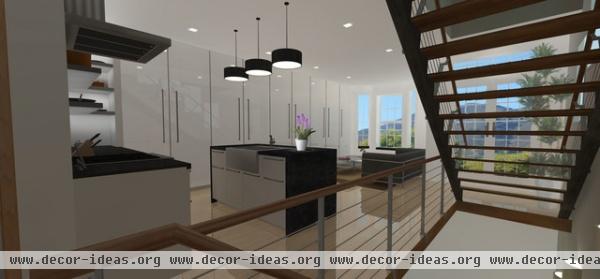
You should never hire an architect just because his or her digital arsenal includes photorealistic 3-D renderings. It's far more important to have experience doing projects similar to yours and to come highly recommended, that you’ve seen and like the other projects, and that you work well together. All the tech in the world won’t make up for these fundamentals! Browse and search the professional listings on Houzz to see portfolios and reviews and find an architect whose work you love. If your architect doesn't specialize in photorealistic renderings, you can always have the rendering outsourced to a photorealism specialist.
Find photorealistic rendering specialists
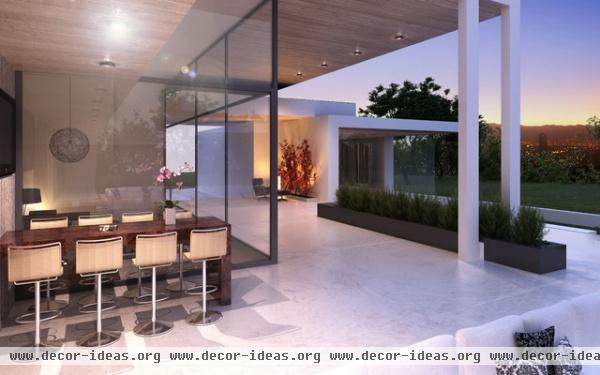
Once the overall design, style and scale of your home have been decided, it is time to start working on the details — the fun stuff. Photorealistic renderings are a great way to compare and contrast multiple material options, colors and other finishing touches provided by your designer.
Photorealistic renderings are different from 3-D renderings. Photorealistic renderings illustrate the color, texture and materials of a structure. Three-D images show the size, width and placement of a structure. Think of it this way: 3-D would show the depth of kitchen cabinets in relation to the width of a countertop; photorealistic renderings would show the wood grain and drawer pulls of the cabinets and the colors of the terrazzo tile countertop.
How to tell the difference between a photo and a rendering
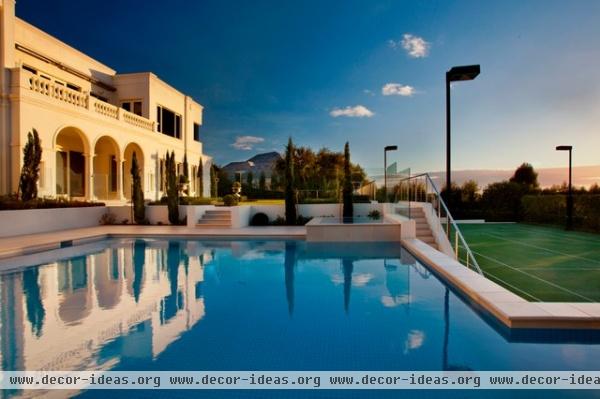
The most difficult and time-consuming parts of designing a new home are often deciding on all the materials, fixtures and “fun stuff.” Once construction begins, changing the finish materials often leads to change orders and construction delays — not to mention a spike in costs. Current clients of mine just decided they wanted to change their entry porch from wood decking to stone. We all agreed the stone would look better, and fortunately we hadn’t framed the deck yet, because the floor joist needed to be 3 inches lower to accommodate the stone. It would've been a lot more expensive and time consuming to make the change if the floor joists already had been in place.
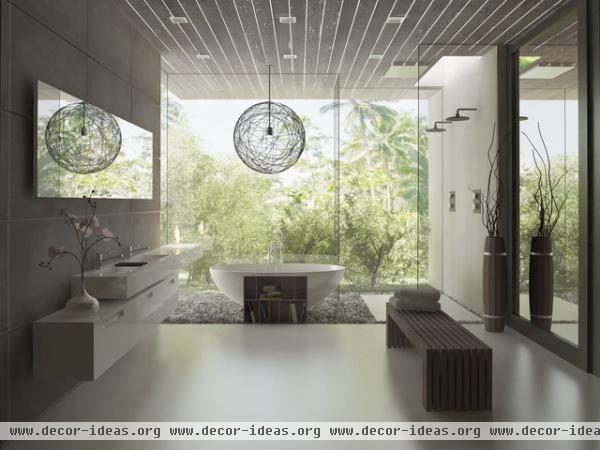
3 Things Photorealistic Renderings Can Help You Do
1. Visualize the finishes. No matter how much you use your imagination, there is no better way to know what your finishes will look like in your house than by seeing a picture of your house with the actual materials. There’s a reason for the oft-used adage “A picture is worth a thousand words.”
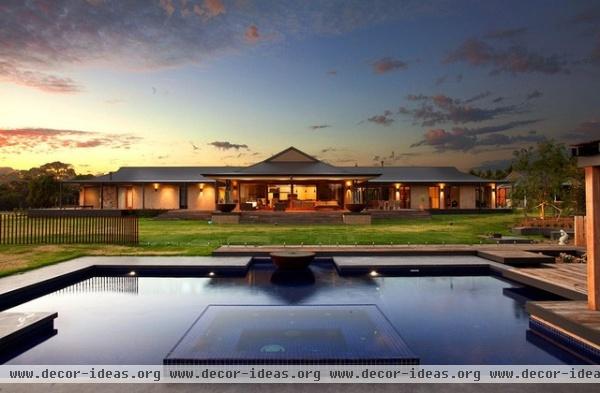
2. Compare and contrast. If you’re anything like me, you usually have at least a couple of ideas for every space in your home. Seeing each option in front of you is the easiest way to make a decision. Photorealistic renderings efficiently compare and contrast different material options right before your eyes. Will the darker soapstone look better with the cabinets, or should you use a white Carrara marble?
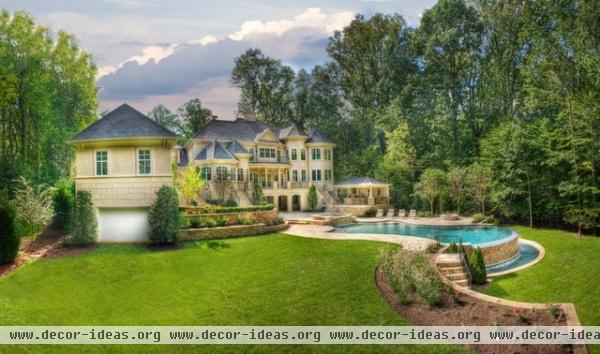
3. Reduce change orders. Want your project to stay on budget? Eliminating as many change orders as possible can make a huge difference. Different finish materials can affect wall and floor thicknesses, overall building weight and other structural elements. By having all of your finishes picked out before you begin construction, you can drastically reduce the chances of change orders down the road. Remember the stone-versus-wood-entry-porch example from one of my recent clients? The same principle applies to other projects.
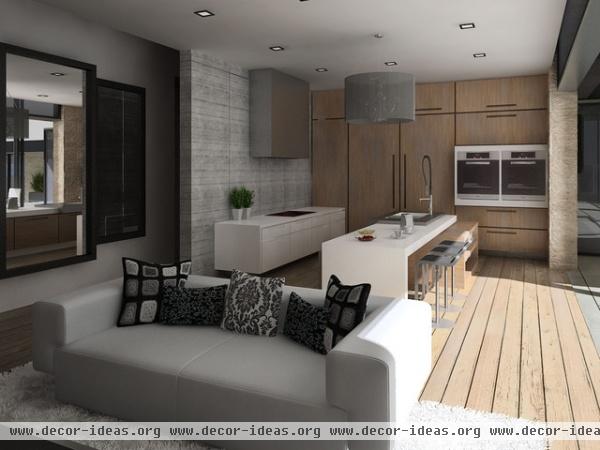
What is great architecture? We tend to think that great architecture is giving clients the best design for their specific lifestyle and budget. Using photorealistic renderings is just one of the many tools a modern architect can use to make that happen.
More: Find an architect or designer near you
Tell us: What tools have you used to visualize a home project?












